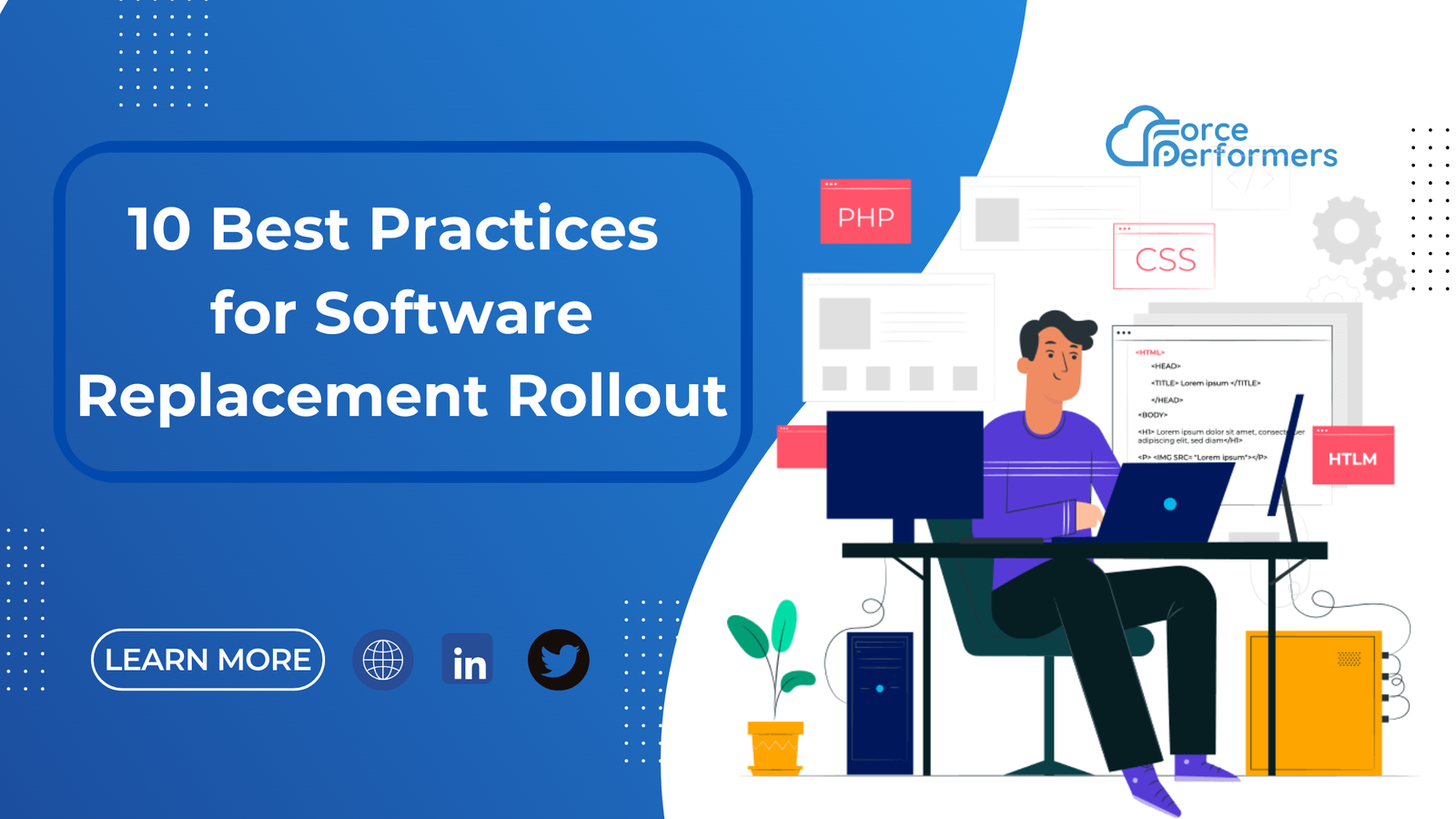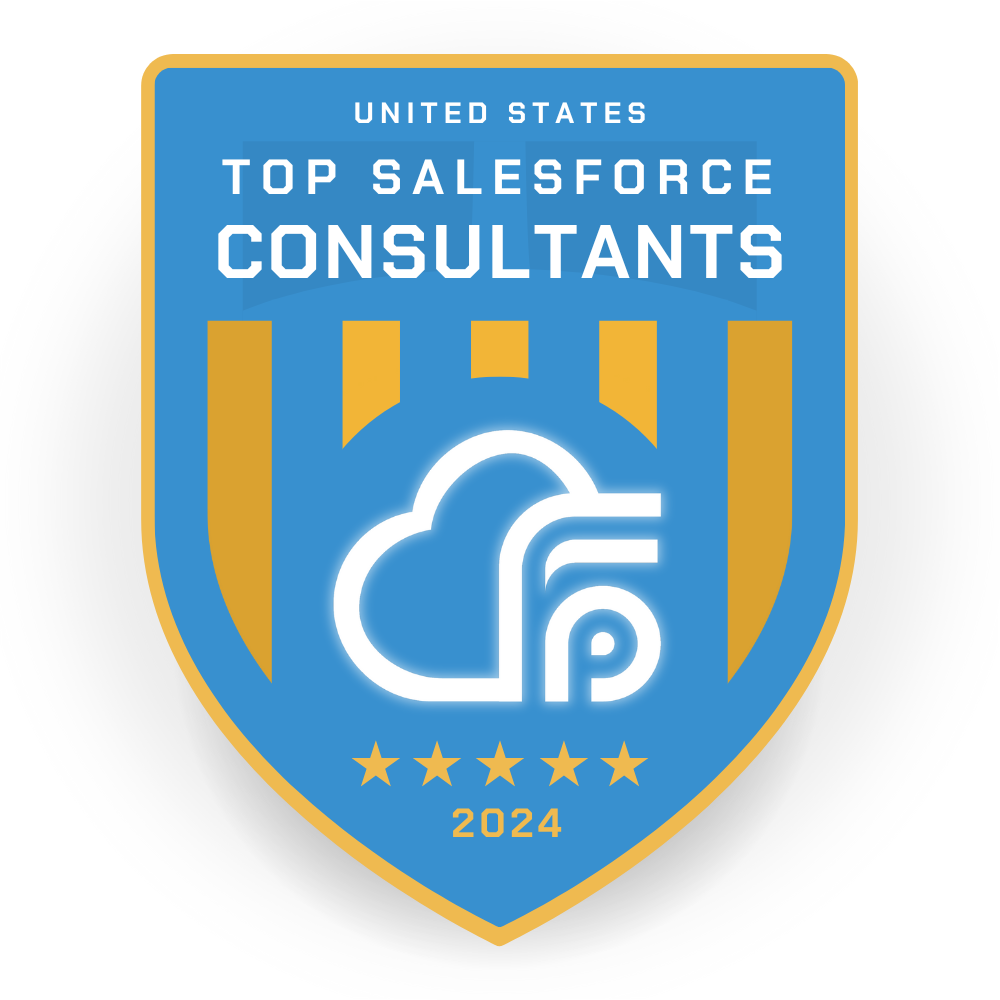Onboarding new team members effectively is crucial to ensuring they are productive, engaged, and able to contribute to your organization’s success. When your team uses a platform as complex and powerful as Salesforce, the Salesforce onboarding tips process becomes even more important. A smooth, well-structured Salesforce onboarding experience can help new hires get up to speed quickly, improving their productivity and ensuring they use the platform efficiently from day one.
In this blog, we’ll cover essential tips for onboarding new team members on Salesforce, ensuring they understand the platform and can leverage its full potential. If you need expert guidance on Salesforce implementation or onboarding, visit our Top Salesforce Consultants page for professional help.

1. Create a Structured Onboarding Plan
The first step in successfully onboarding new team members on Salesforce is creating a well-structured plan. This plan should include a clear outline of the training process, with specific goals, milestones, and timelines.
Tip: Break the onboarding process into phases—start with basic features, move to intermediate functionalities, and then tackle advanced tools. This allows new hires to gradually build their knowledge without feeling overwhelmed.
Why It Matters: A structured plan ensures new team members are consistently guided through the platform’s key features, improving their learning curve and reducing confusion.
For a more tailored onboarding strategy, consult with a Salesforce expert from our list of trusted professionals.
2. Focus on Core Salesforce Features First
When onboarding new users, it’s important to start with the core features that they’ll use daily. This includes basic functions such as account management, lead tracking, and opportunity management. By focusing on these key features first, you’ll help new hires understand the fundamental aspects of Salesforce that drive your business.
Tip: Customize the Salesforce interface to simplify the learning experience. Hide unnecessary tabs and functions to help new hires focus only on the tools they need.
Why It Matters: Mastering core features early on ensures that team members can contribute immediately to business processes, rather than getting lost in complex functionalities.
If you need help customizing your Salesforce instance for efficient onboarding, check out our Top Salesforce Consultants page.
3. Provide Hands-On Training
Learning by doing is one of the most effective ways to train new Salesforce users. Allow new hires to get hands-on experience by providing real-time exercises or simulations that mirror their actual work scenarios. Encourage them to practice using Salesforce in a safe environment where they can make mistakes without consequences.
Tip: Set up a Salesforce sandbox environment where new hires can practice without affecting live data. This gives them the freedom to explore Salesforce’s features without fear of making errors.
Why It Matters: Hands-on training builds confidence, helps new hires retain information, and ensures they can apply what they’ve learned to their day-to-day tasks.
For assistance with setting up Salesforce sandboxes, visit our Top Salesforce Consultants page for expert advice.
4. Leverage Salesforce Trailhead
Salesforce Trailhead is an online learning platform that offers a wide range of free, interactive tutorials designed to help users at all skill levels. Encourage new team members to take advantage of this valuable resource, as it allows them to learn at their own pace.
Tip: Assign relevant Trailhead modules as part of the onboarding process. Focus on the beginner modules first, then progressively introduce more advanced topics.
Why It Matters: Trailhead allows new hires to self-learn and gain certifications, boosting their confidence and expertise with Salesforce.
If you’re looking to integrate Trailhead into your onboarding process, consult with experts from our Top Salesforce Consultants page.
5. Provide Ongoing Support and Resources
Onboarding shouldn’t end after the initial training sessions. It’s essential to offer ongoing support and resources as new team members begin using Salesforce in their daily tasks. Make sure they know where to find help, whether through internal resources, Salesforce documentation, or ongoing training sessions.
Tip: Establish a Salesforce user group or forum within your company where team members can ask questions, share tips, and troubleshoot common issues.
Why It Matters: Continuous support ensures that new hires can stay on track as they encounter new challenges and continue to expand their Salesforce knowledge.
For more advanced support or customized Salesforce solutions, check out our Top Salesforce Consultants page.
6. Encourage Collaboration Across Teams
Salesforce is a platform used by multiple departments, from sales and marketing to customer service. Encouraging collaboration between teams during onboarding can help new hires see how their role connects to the bigger picture.
Tip: Schedule cross-departmental sessions where new hires can see how different teams use Salesforce, from lead generation to customer support. This helps them understand how their contributions affect the entire business.
Why It Matters: Understanding the broader context of how Salesforce fits into various business processes fosters a collaborative work environment and makes new hires feel more integrated into the team.
If you’re looking to align Salesforce teams across departments, connect with professionals from our Top Salesforce Consultants page.
Conclusion:
Onboarding new team members on Salesforce can be a smooth and productive experience when you have a structured plan in place. By focusing on core features, offering hands-on training, leveraging Trailhead, providing ongoing support, and fostering collaboration, you can ensure that new hires are set up for success.
If you need expert assistance to streamline your Salesforce onboarding process, visit our “The Future of SalesforceConsulting: Trends to Watch in 2025” page for valuable insights on upcoming trends and how experienced consultants can help guide you through the evolving Salesforce landscape.










